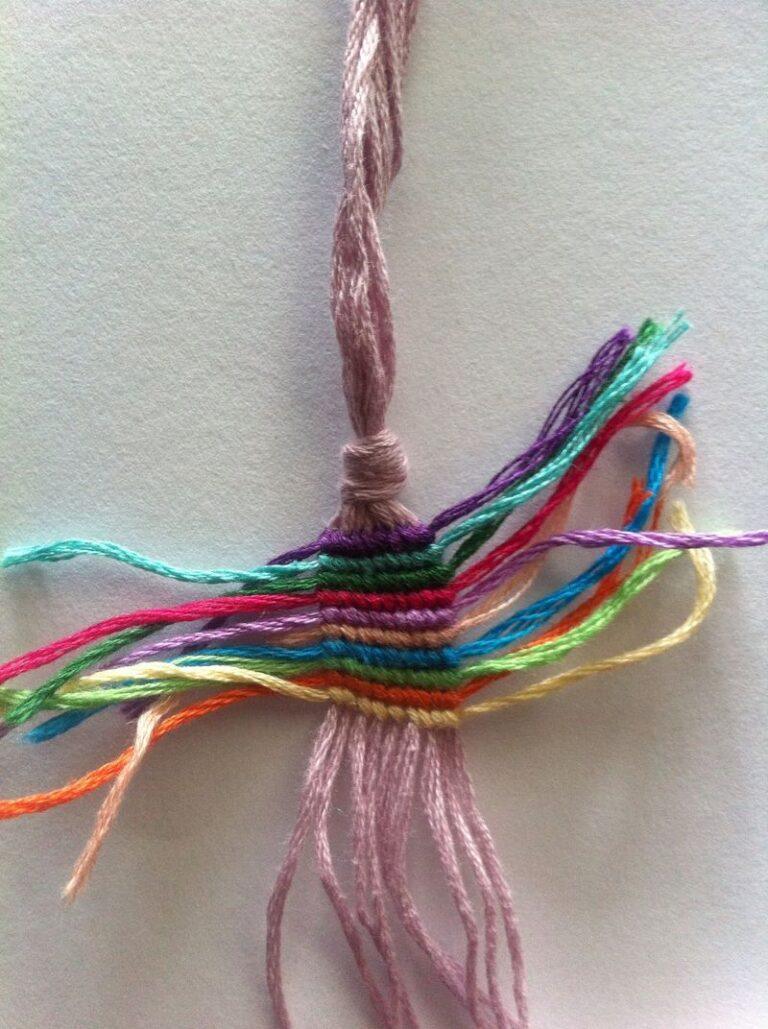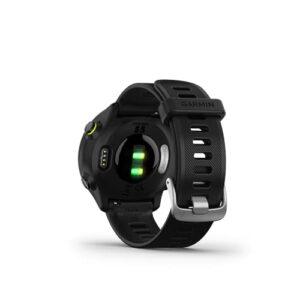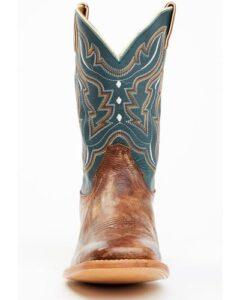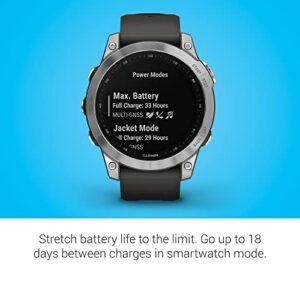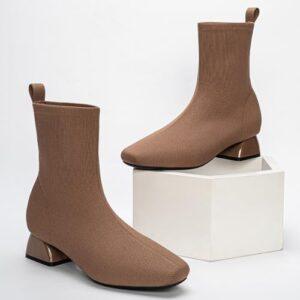Are you ready to make the perfect friendship bracelet but unsure how long your strings should be? Getting the length right can save you time, frustration, and wasted materials.
Too short, and you’ll run out before finishing. Too long, and you’ll have extra string that’s hard to manage. You’ll discover the ideal string lengths for different bracelet styles, so your creation turns out just right every time. Keep reading to unlock simple tips that make your bracelet-making experience smooth and enjoyable!
Choosing String Length
Choosing the right string length for friendship bracelets is important. The length affects how easy it is to work with the string. It also changes the final size of the bracelet. Picking the correct length helps avoid waste and frustration.
Factors Influencing Length
The design of the bracelet changes the needed string length. More complex patterns need longer strings. The wrist size matters too. Bigger wrists need longer bracelets. The type of knots used can add to the length. Also, the number of strings in the bracelet affects the total length. Some people like extra string to make tying easier. This adds to the overall length needed.
Common Length Ranges
Most friendship bracelets use strings between 24 and 36 inches long. For simple designs, 24 to 28 inches often works well. For bigger wrists or detailed patterns, 30 to 36 inches is better. Using strings too short can cause the bracelet to be tight. Too long makes it hard to manage the string. Finding a middle ground helps create a perfect bracelet.
Measuring For Wrist Size
Measuring wrist size is the first step to making the perfect friendship bracelet. The string length depends on the wrist size. You want the bracelet to fit comfortably—not too tight or too loose.
Use a soft measuring tape or a piece of string. Wrap it around the wrist where the bracelet will sit. Note the measurement in inches or centimeters. Add extra length for knotting and patterns. The amount you add depends on wrist size and bracelet style.
Small Wrists
For small wrists, measure about 5 to 6 inches (12.7 to 15.2 cm). Add 4 to 6 inches (10 to 15 cm) extra string length. This extra length allows for tying knots and making patterns. Total string length should be around 10 to 12 inches (25 to 30 cm).
Medium Wrists
Medium wrists usually measure 6 to 7 inches (15.2 to 17.8 cm). Add 5 to 7 inches (13 to 18 cm) for knots and designs. Total string length should be about 12 to 14 inches (30 to 35 cm). This length works well for most adults and teens.
Large Wrists
Large wrists measure 7 to 8 inches (17.8 to 20.3 cm) or more. Add 6 to 8 inches (15 to 20 cm) to the measurement. Total string length should be 14 to 16 inches (35 to 40 cm). This ensures the bracelet fits comfortably with room for knots.
Adjusting For Bracelet Style
Adjusting string length depends on the bracelet style you choose. Different styles need different string lengths. This helps make the bracelet fit well and look good. Knowing how to adjust string length saves time and effort.
Simple Knots
Simple knots need less string than complex designs. Usually, twice the wrist size plus 6 inches works well. This length gives enough room for tying and finishing. Simple bracelets use fewer strings, so measuring is easier.
Complex Patterns
Complex patterns need more string to complete. Use three times the wrist size plus 10 inches for safety. These designs have many knots and layers. Extra string prevents running out before finishing the bracelet.
Beaded Designs
Beaded bracelets require longer strings than knot-only designs. Add extra length for threading beads comfortably. Try twice the wrist size plus 8 to 12 inches. This length allows space for beads and knots.

Credit: guides.brit.co
String Material Impact
String material plays a big role in choosing the right length for friendship bracelets. Different materials stretch and hold knots in unique ways. This changes how much string you need to finish your bracelet. Picking the right material helps avoid running out of string or having too much left over.
Cotton Threads
Cotton threads are soft and easy to knot. They do not stretch much. This means you need a bit more length than the wrist size. Cotton also frays easily, so extra length helps with finishing ends. About 30% extra string is good to use with cotton threads.
Embroidery Floss
Embroidery floss is smooth and shiny. It slips easily through knots and does not stretch. It is thinner than cotton threads, so it may need more length. Around 40% extra length works well for embroidery floss. It allows room for tight knots and twists.
Other Materials
Other materials include nylon, hemp, and leather cords. They vary in stretch and thickness. Nylon stretches slightly, so use about 25% extra length. Hemp and leather do not stretch but are thicker. Use 20-30% extra string for these materials. Always check the material’s feel before measuring.
Tips For Cutting Strings
Cutting strings for friendship bracelets is a simple step. It affects the look and strength of the bracelet. Cutting the right length saves time and materials. It helps make bracelets last longer. Follow these tips to cut strings well.
Avoiding Waste
Measure the string carefully before cutting. Cut slightly longer than the needed length. This prevents running out of string while making the bracelet. Use scissors that cut cleanly to avoid fraying. Keep extra string for practice or mistakes. Avoid cutting too much at once.
Ensuring Durability
Use strong strings that do not tear easily. Cut strings evenly to keep bracelet neat. Leave extra length for tying secure knots. Avoid pulling strings too tight after cutting. Check ends for frays and trim if needed. This keeps the bracelet strong and long-lasting.

Credit: guides.brit.co
Common Mistakes To Avoid
Choosing the right string length is key for making friendship bracelets. Many beginners make common mistakes that lead to frustration. Knowing what to avoid saves time and materials. Below are two frequent errors about string length.
Too Short Strings
Using strings that are too short causes problems. The bracelet may not fit your wrist properly. It can break before finishing the pattern. You might run out of string in the middle. This forces you to start over.
Always add extra length to avoid this issue. Measure your wrist and add about 6-8 inches. This gives enough room for knots and adjustments.
Excessively Long Strings
Strings that are too long create another problem. They become tangled and hard to manage. This can slow down your work and cause frustration. Long strings also take more space, making crafting less comfortable.
Cutting strings too long wastes materials and makes the process messy. Choose a length that fits your wrist plus a little extra. Avoid extreme lengths for better control and neatness.
Adjusting Length During Crafting
Adjusting string length during crafting is common. It helps keep the bracelet comfortable and neat. Sometimes, the string feels too short or too long. Changing string length carefully can save your work and improve the bracelet’s look.
Adding Extra String
Adding extra string is easy. Cut a new piece and tie it to the old one. Use a tight knot to avoid slipping. Make sure the knot is small to keep the bracelet smooth. Trim any extra string after tying. This method gives you more length without starting over.
Managing Tight Knots
Tight knots can make the bracelet stiff. Use a needle or a pin to loosen knots gently. Pull the string slowly to avoid breaking it. Keeping knots loose helps the bracelet bend easily. Tight knots can also shorten the string length. Always check knots as you work to keep the bracelet flexible.

Credit: www.reddit.com
Frequently Asked Questions
How Long Should Strings Be For Basic Friendship Bracelets?
For basic friendship bracelets, strings should be about 24 to 30 inches long. This length allows enough material for knotting and tying comfortably.
Does Bracelet Size Affect String Length Needed?
Yes, larger wrist sizes require longer strings. Measure the wrist and add 6 to 10 inches for knots and adjustments.
What String Length Suits Complex Bracelet Patterns?
Complex patterns need longer strings, typically 36 to 40 inches. Extra length helps manage intricate knotting without running out of string.
Can Shorter Strings Work For Small Bracelets?
Shorter strings can work for small kids’ bracelets but leave less room for mistakes or adjustments.
Conclusion
Choosing the right string length makes friendship bracelets fit well. Usually, 24 to 36 inches works for most designs. Longer strings allow for bigger patterns or larger wrists. Cut strings a bit longer to avoid running short. Keep your strings neat and untangled while working.
This simple step helps you create beautiful bracelets with ease. Enjoy crafting your friendship bracelets with the perfect string size. Happy weaving!

Madison Clark is a footwear expert and the voice behind MyStyleGrid.com. She specializes in honest shoe reviews, style tips, and practical guides to help readers find the perfect pair for any occasion. With years of experience in blogging and content creation, Madison makes footwear knowledge simple, stylish, and easy to follow.

